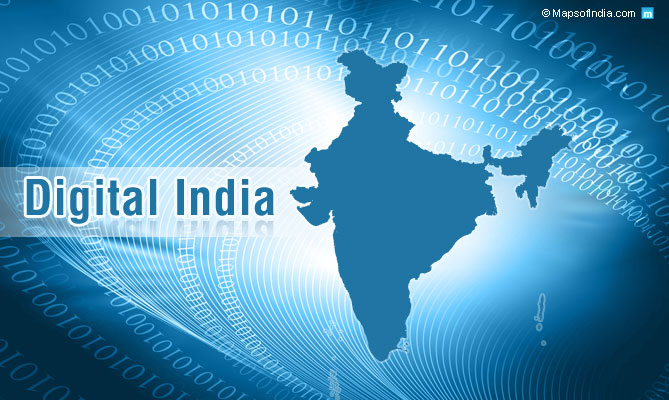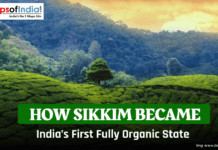Rarely did any Government initiative catch the fancy of the entire nation as the Rs 1.13 lakh crore Digital India initiative. The programme that aims at digitally connecting the entire country and transforming it into a connected economy has even managed to draw the attention of the global IT fraternity. It was only a couple of months back that the Union Communications and IT Minister Ravi Shankar Prasad made an appeal to the members of the industry to make this programme “outcome-oriented” and encouraged them to make innovative suggestions to ensure the success of this programme.
Industry leaders welcome Digital India
It seems like the Minister’s appeal had reached the right set of audience, or else how would you explain the fact that the heads of Microsoft, Infosys and Facebook met the Telecom Minister in quick succession. There’s not even a tincture of doubt in the fact that the initiative is ambitious enough to generate interest among the corporates. Besides expanding high-speed Internet access and offering banking facilities over mobile phones, the Government is keen on delivering other public services too online.
Within few months of the announcement of the programme, the Government started receiving offers of support and partnership from industry leaders like Satya Nadella, Mark Zuckerberg and Vishal Sikka. The Union Minister has aggressively reached out to the global business community with a focus on collaboration.
Facebook’s reaction to Digital India
Interest in joining the Digital India project was made evident by Facebook during Zuckerberg’s visit in October. Stating in no unclear terms, the Facebook founder said that the organization is excited to be a part of this initiative.
In fact, the discussion between Facebook and the Indian Minister went beyond a tete-a-tete wherein the former requested establishment of a single point contact in the Ministry for all communications with Facebook regarding deployment of alternative technology. Displaying fast turnaround time, the Government delegated the responsibility to Joint Secretary Telecom and Joint Secretary IT. They will work closely with Facebook on their proposals to expand digital services in the country.
Microsoft to play an important role
When Microsoft’s CEO Satya Nadella paid a visit to India in October, he brought along with him lots of optimistic ideas that were immediately lapped up by the Indian Government. One of the announcements that he made was about setting up three data centres in India by December 2015 to get access to customers in banking and financial services as well as the Central and State Governments.
In yet another interesting proposal, Microsoft has expressed its willingness to widen the penetration of Internet in India’s rural areas through its TV White Space technology. The idea of providing cost-effective connectivity by deploying this White Space technology did augur well with the Government.
In fact, Microsoft’s India chairman Bhaskar Pramanik advocated the use of TV White Space (unused spectrum available in broadcasting bands in the lower frequencies) could be the “affordable answer to last-mile connectivity challenges in India.” This is particularly true for remote areas that lack electricity and other infrastructure.
To fulfil one of the goals of Digital India campaign, Microsoft is also keen on collaborating with the national broadband project, National Optic Fibre Network. (NOFN). By partnering with NOFN, Microsoft aims at connecting 2.5 lakh village panchayats through high-speed broadband by 2017.
Infosys wants Govt to partner with small IT firms
Infosys CEO Vishal Sikka and Telecom Minister Ravi Shankar Prasad did talk at length sometime back in October when they discussed how the Indian IT companies can be involved in the Digital India programme. The two have already met twice. During their first meeting in Germany, the Infosys CEO had expressed interest in helping the Government roll out the programme by partnering with small IT companies so that they get to benefit from this initiative. That’s also in sync with Modi’s expectations.






